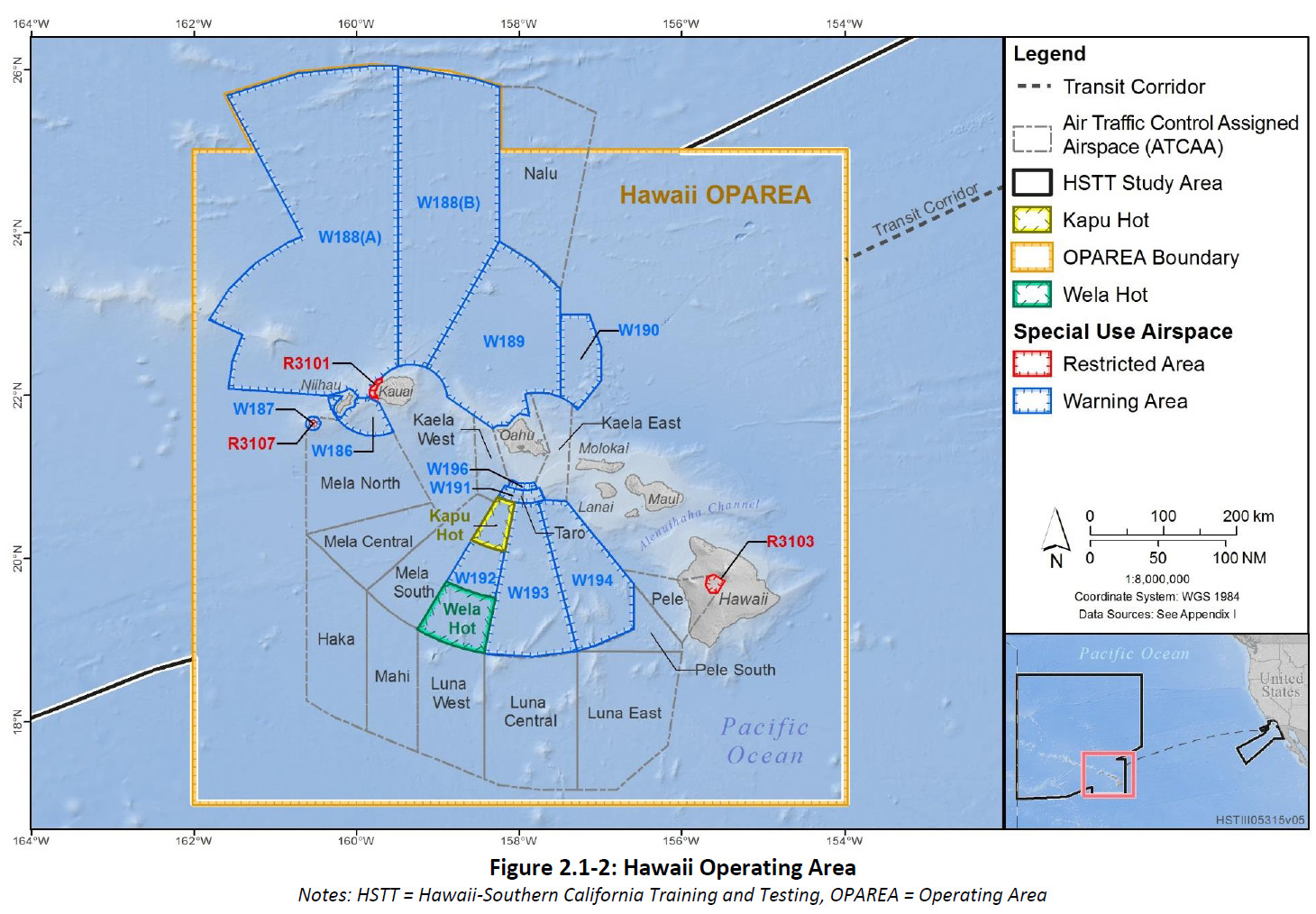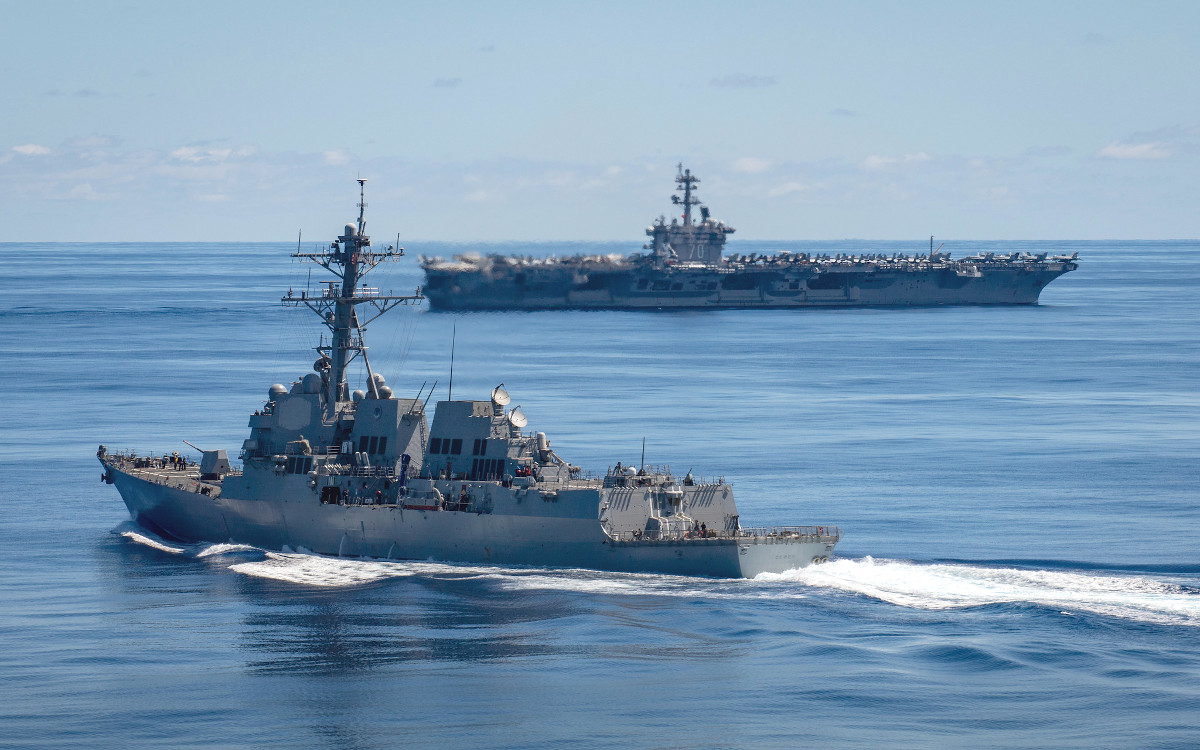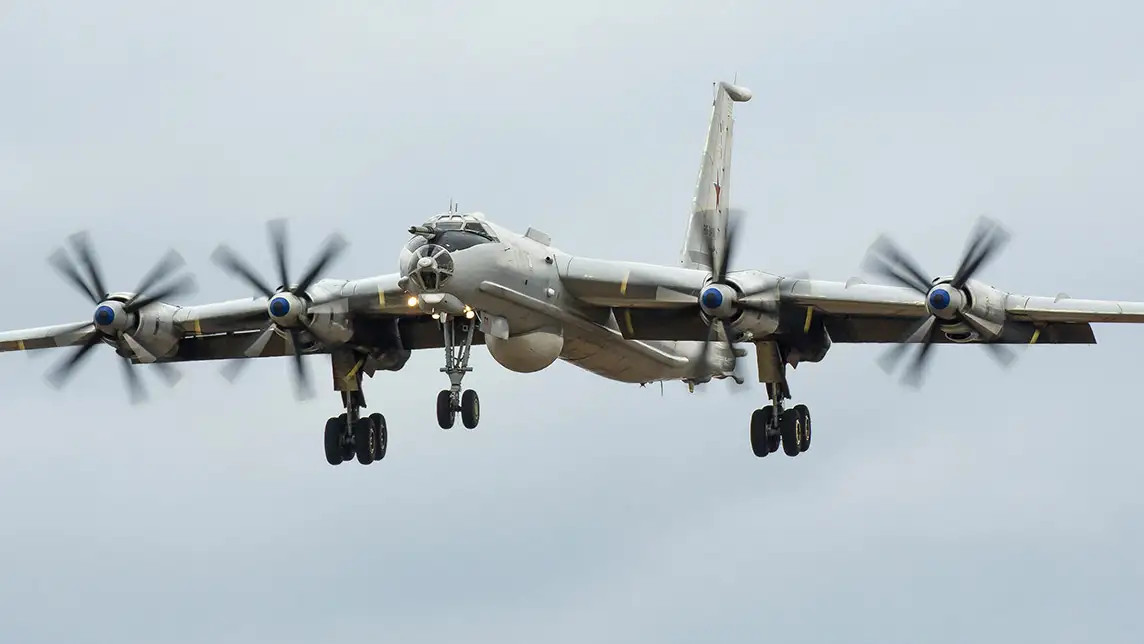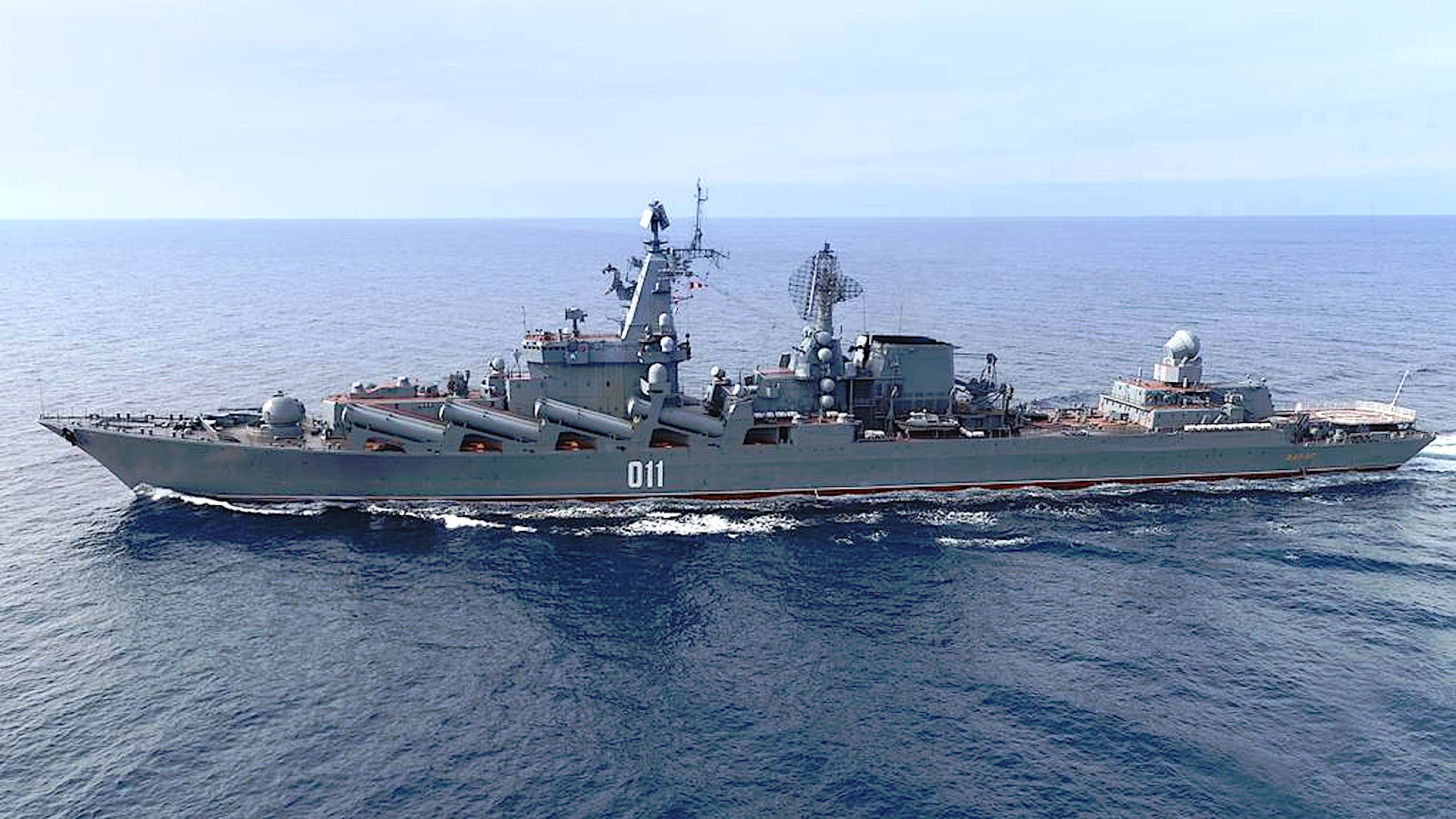The top U.S. military command in the Pacific says that Russian naval vessels passed between 23 and 34 miles of the Hawaiian Islands at one point during their recent exercises in the region, but have now departed the area. This disclosure follows reports over the past 10 days or so that the presence of Russia’s warships, as well as its combat aircraft, in the region had prompted the scrambling of F-22 Raptor stealth fighters on at least two separate occasions and the movement on short notice of an entire carrier strike group to the waters off Hawaii. It was previsouly understood that the Russia flotilla was hundreds of miles from Hawaii, not anywhere near as close as we now know was the case.
U.S. Navy Captain Mike Kafka, a spokesperson for U.S. Indo-Pacific Command (INDOPACOM), which is headquartered in Hawaii, confirmed to The War Zone just how close the Russian warships had gotten to U.S. territorial waters, though they stayed in international waters the entire time. The Honolulu Star-Advertiser newspaper had been the first to get this official confirmation.

“At the closest point, some ships operated approximately 20 to 30 NM [nautical miles; 23 to 34 statute miles] off the coast of Hawaii,” Kafka said. “As part of our normal daily operations, we continue to track all vessels in the Indo-Pacific area of operations through maritime patrol aircraft, surface ship, and joint capabilities.”
This is much closer than the Kremlin had previously acknowledged, having only said that the ships from the Russian Navy’s Pacific Fleet were conducting major exercises, including practicing to destroy enemy aircraft carriers, some 2,500 miles southeast of the Kuril Islands. This would have put them hundreds of miles away from the Hawaiian Islands. Earlier reports from U.S. outlets had said that the Russian ships and aircraft were operating in and over the Pacific between 300 and 500 miles from Hawaii, as well.
“While I am not going to get into our tactic and procedures, I can say that we operate in accordance with international law and expect Russia to do the same,” Kafka added when asked about whether or not U.S. military forces issued any warnings to the Russian ships or otherwise communicated with them as they sailed past Hawaii. “U.S. military forces are present and active in and around the Western Pacific on a daily basis in support of the homeland and to ensure a Free and Open Indo-Pacific.”
“The Russian vessels are transiting west and are out of the Hawaii Operation Area,” Kafka had also told the Star-Advertiser. “As part of our normal daily operations, we continue to track all vessels in the Indo-Pacific area of operations through maritime patrol aircraft, surface ship and joint capabilities.”

The Star-Advertiser reported that this was the closest Russian ships had sailed to Hawaii “in a long time.” Other past reports had described the drills as the largest the Russian Navy had conducted anywhere in the Pacific since the end of the Cold War.
Captain Kafka did not specify which Russian ships, specifically, sailed close to Hawaii or when that transit took place exactly. The Russian Ministry of Defense has previously said that the Slava class cruiser
Varyag, the flagship of the country’s Pacific Fleet, along with the Udaloy class destroyer
Marshal Shaposhnikov, and the Steregushchiy class corvettes Hero of the Russian Federation Aldar Tsydenzhapov, Gromky, and Sovershenniy, were participating in the Pacific drills. The flotilla also notably included the Marshal Krylov, originally built to support the Soviet space program and that was also capable of tracking and collecting useful data from missile tests, and was reportedly converted into a command ship in recent years.

A satellite image, seen in the Tweet below and reportedly dated June 19, had previously emerged that some had suggested could show some of these Russians ship, as well as others, along with U.S. Navy Arleigh Burke class destroyers and a U.S. Coast Guard Sentinel class cutter shadowing them. The low resolution makes it difficult to conclusively identify any of the ships, but it does show a formation of vessels sailing approximately 35 nautical miles south of Honolulu, which would be perfectly in line with Captain Kafka’s statement.
The proximity of these Russian warships to Hawaii during these drills, even if it was only for a relatively short period of time, could easily be described as highly unusual and provocative. If the U.S. military had gotten any prior indications that these vessels might get so close, or had already, it would certainly go a long way toward explaining the Navy’s usual decision to move the Nimitz class aircraft carrier USS Carl Vinson and other elements of its Carrier Strike Group to the area on short notice. The Carl Vinson Carrier Strike Group is ostensibly still in the midst of preparing for its next scheduled deployment.
It’s unclear exactly when that movement occurred, but a picture, seen below, that the U.S. Navy’s Pacific Fleet released late last week shows Carl Vinson, as well as the Arleigh Burke class destroyer USS Dewey, transiting the Pacific Ocean on June 13. The Carl Vinson Carrier Strike Group had previously been training off the coast of southern California.

June 13 is also the date of the first of two other separate incidents in which F-22 Raptor stealth fighters scrambled from Joint Base Pearl Harbor-Hickam in Hawaii, reportedly in response to approaching Russian “bombers” also taking part in that country’s Pacific drills. A second such scramble took place on June 18.
While the Russians did not say any actual bombers took part in the Pacific exercise, Tu-142 Bear long-range maritime patrol planes, a design derived from the Tu-95 Bear strategic bomber, did participate, along with Il-38 May maritime patrol planes and MiG-31BM Foxhound interceptors.

“No intercepts were conducted with the Russian planes likely turning away from the path toward the state,” the Star-Advertiser reported. At the same time, this could indicate that the Russian planes appeared to be flying mock attack profiles at targets in Hawaii when the decisions were made to launch the F-22s.
It’s also worth remembering that this Russian maritime drill was going on before, during, and after President Joe Biden met with Russian counterpart Vladimir Putin in Geneva on June 16. The Russian spy ship Kareliya, the presence of which led to the delay of a U.S. missile defense test in May, is still operating near Hawaii, as well. This comes as another American missile defense test in the Pacific appears to be imminent.
No matter what, the revelation about how close the Russian ships got to Hawaii, along with this added detail about the potential nature of the F-22 scrambles, puts the entire exercise in a very different light. There has been multiple instances of increasingly provocative Russian naval activity aimed at the United States in the Pacific, among other places, in recent years.
However, a significant Russian naval flotilla operating so close to American territory and so far away from home is a radically different show of force that is clearly meant to send a signal to the United States.
Contact the author: joe@thedrive.com
